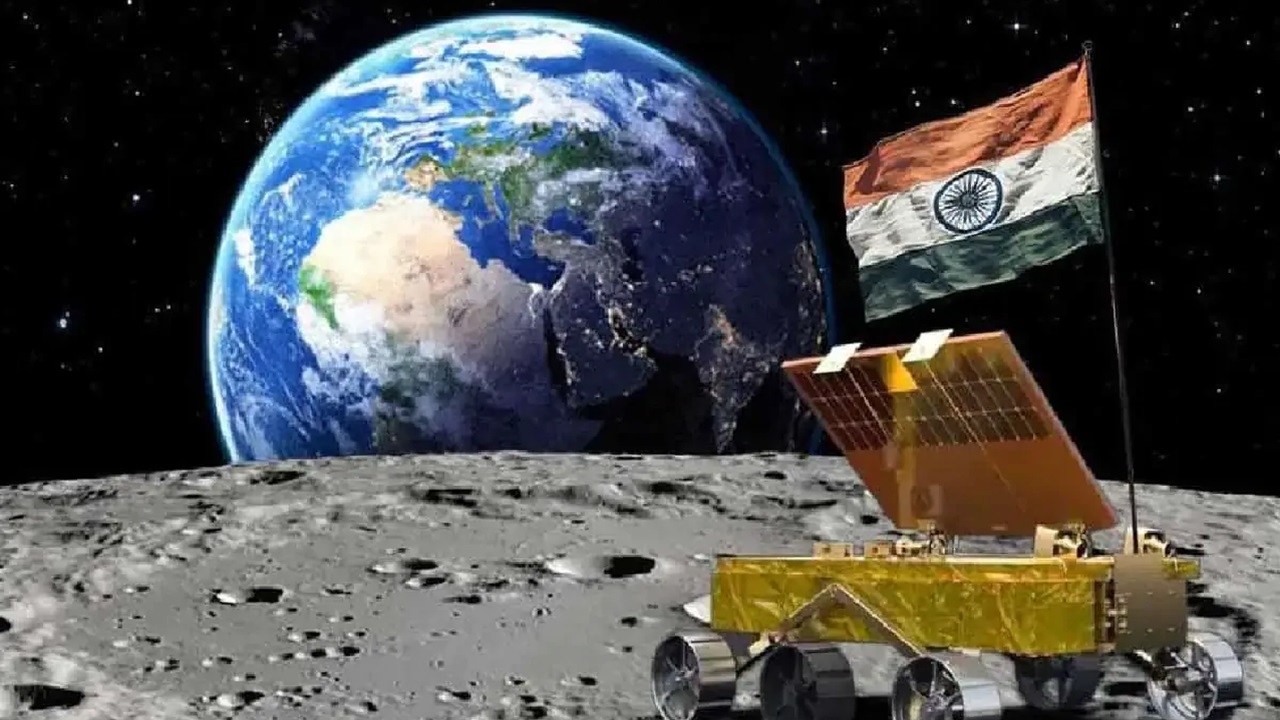From Modest Beginnings to Galactic Ambitions
India’s space journey, which began modestly with the launch of a sounding rocket from Thumba in 1963, has evolved into one of the most inspiring sagas of scientific achievement. The Indian Space Research Organisation (ISRO), founded in 1969 under the visionary leadership of Dr. Vikram Sarabhai, initially focused on satellite development for communication, education, and weather forecasting. Over the decades, however, ISRO has steadily expanded its scope, earning global admiration for its low-cost, high-efficiency model of space exploration.
With landmark missions like Chandrayaan-1, which discovered water on the Moon, and Mangalyaan, India’s first interplanetary mission that placed a probe in Mars’ orbit in 2014 on its maiden attempt, the nation has showcased scientific ingenuity on a world stage. Now, India is setting its sights even higher—with plans for its own space station by 2035 and a crewed Moon landing by 2040.
India’s Roadmap to the Cosmos: Announcements at Rising Bharat Summit
Speaking at the News18 Rising Bharat Summit on April 8-9 at New Delhi’s Bharat Mandapam, Union Minister Dr. Jitendra Singh unveiled India’s next phase of space exploration. He declared that India would build a space station named Bharat Antariksha Station by 2035, and that an Indian astronaut would land on the Moon by 2040. These announcements mark a significant leap in India’s cosmic ambitions, reinforcing its position as a rising space power.
“We are not just dreaming, we are planning and executing,” said Dr. Singh, emphasizing the government’s focus on structured, long-term scientific development.
Gaganyaan: India’s First Human Spaceflight Mission
Central to India’s roadmap is the Gaganyaan mission, which will mark the country’s first attempt to send humans into space. The mission involves sending a three-member crew into low Earth orbit for a few days before a safe return.
Gaganyaan will serve as a critical stepping stone toward building a sustained human presence in space and paves the way for more complex missions, including the proposed space station and lunar exploration.
Lunar Goals: From Chandrayaan to Crewed Missions
India’s tryst with the Moon began with Chandrayaan-1 in 2008, which made the groundbreaking discovery of water molecules on the lunar surface. The follow-up Chandrayaan-2 mission in 2019, although marred by a hard landing, delivered a successful orbiter that continues to relay valuable data.
Future lunar missions, including Chandrayaan-4, are expected to further enhance India’s scientific understanding of the Moon. But the boldest step will be the plan to send an Indian astronaut to the lunar surface by 2040, a goal that, if achieved, would place India in an elite league of nations with human Moon landings.
Global Recognition and Support
India’s rising profile in space has attracted global attention. Retired U.S. astronaut Scott Kelly, present at the summit, praised India’s determination and technological prowess. “If India commits to it and makes the investment, landing an astronaut on the Moon is absolutely possible,” he stated, underscoring international confidence in India’s capabilities.
A Nation with Its Eyes on the Stars
India’s space ambitions are no longer just about catching up—they are about leading. With a clear vision, increasing private sector collaboration, and sustained political will, the country is laying the groundwork for a new era of space exploration. As India marches toward establishing its own space station by 2035 and planting the tricolor on the Moon by 2040, it sends a message to the world: this is not just a journey to space—it’s a journey toward scientific sovereignty and global leadership.
The countdown has already begun.








